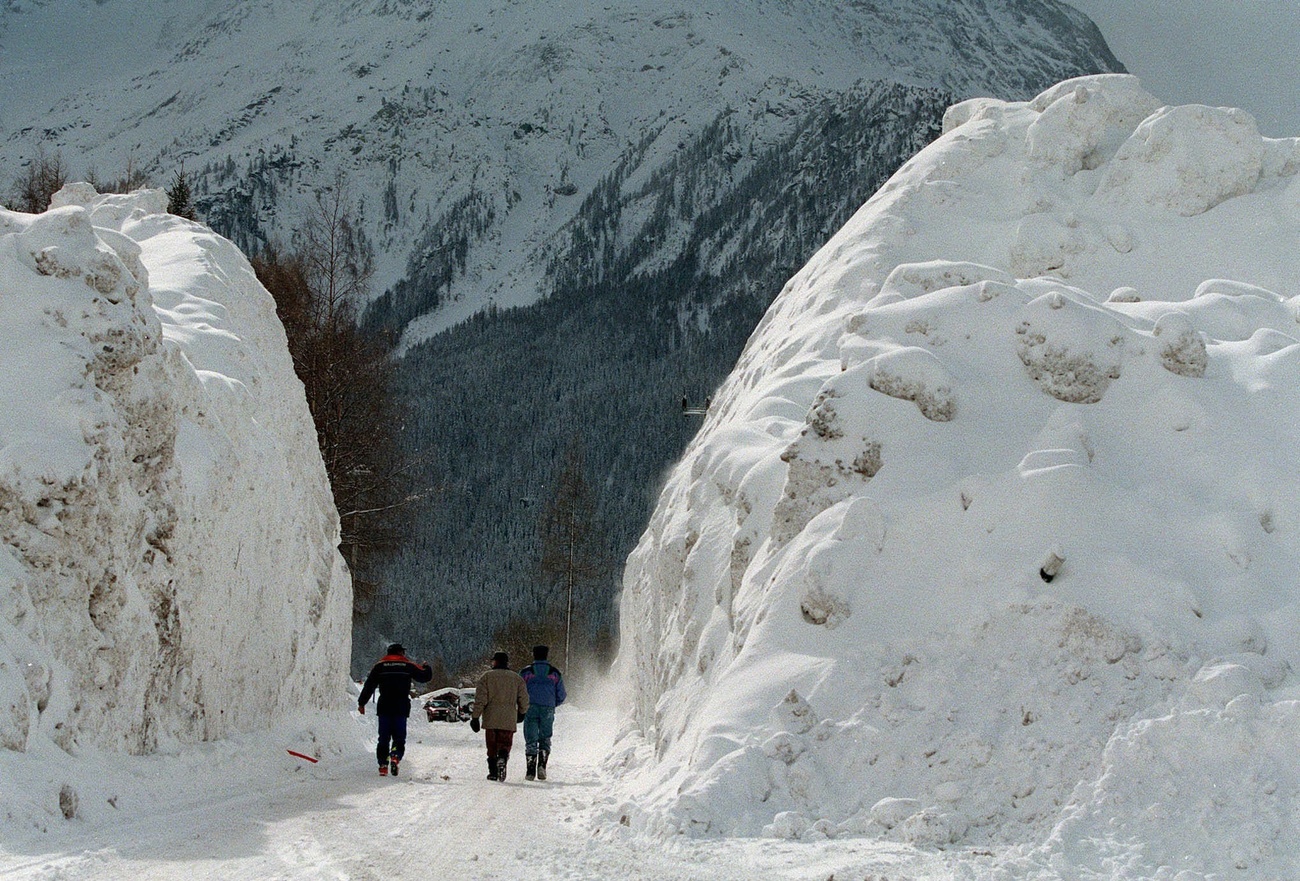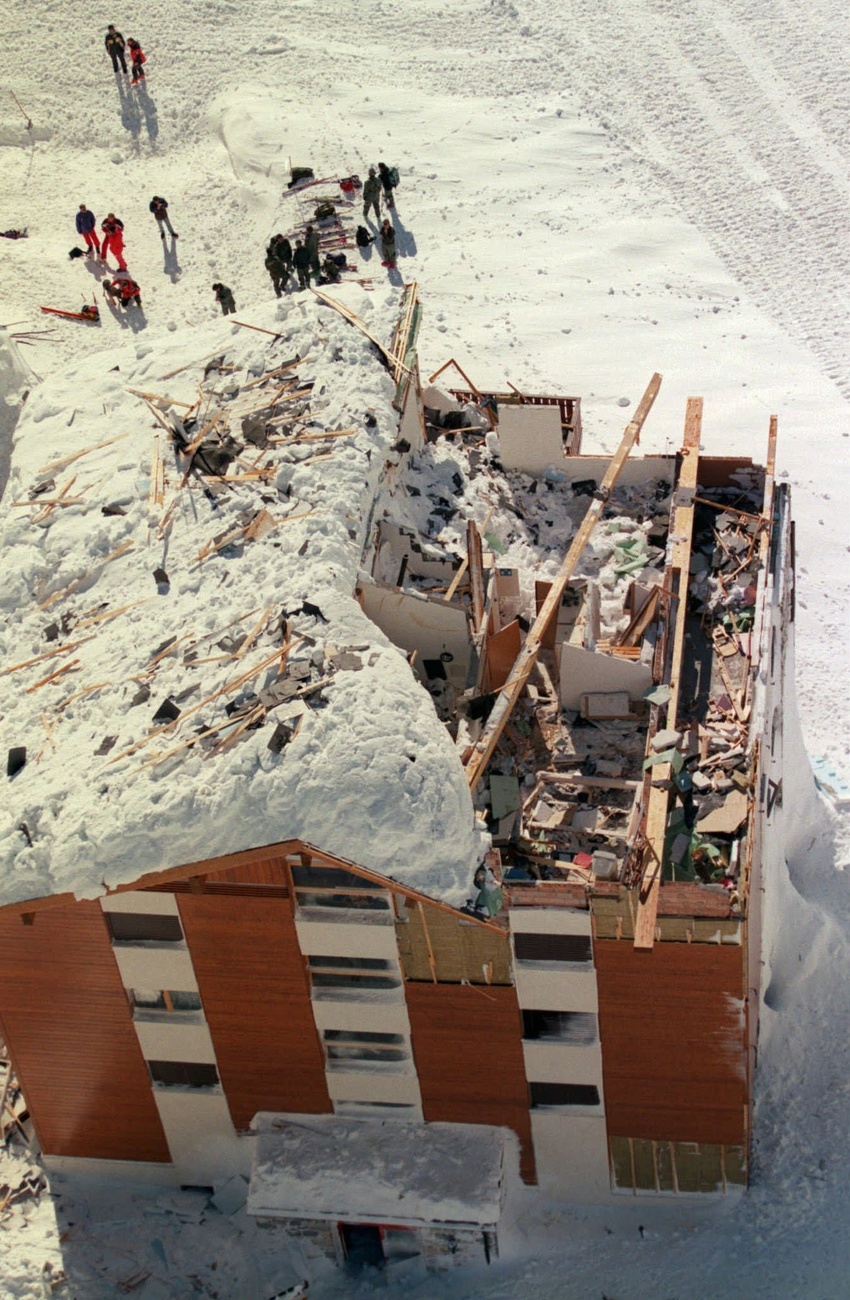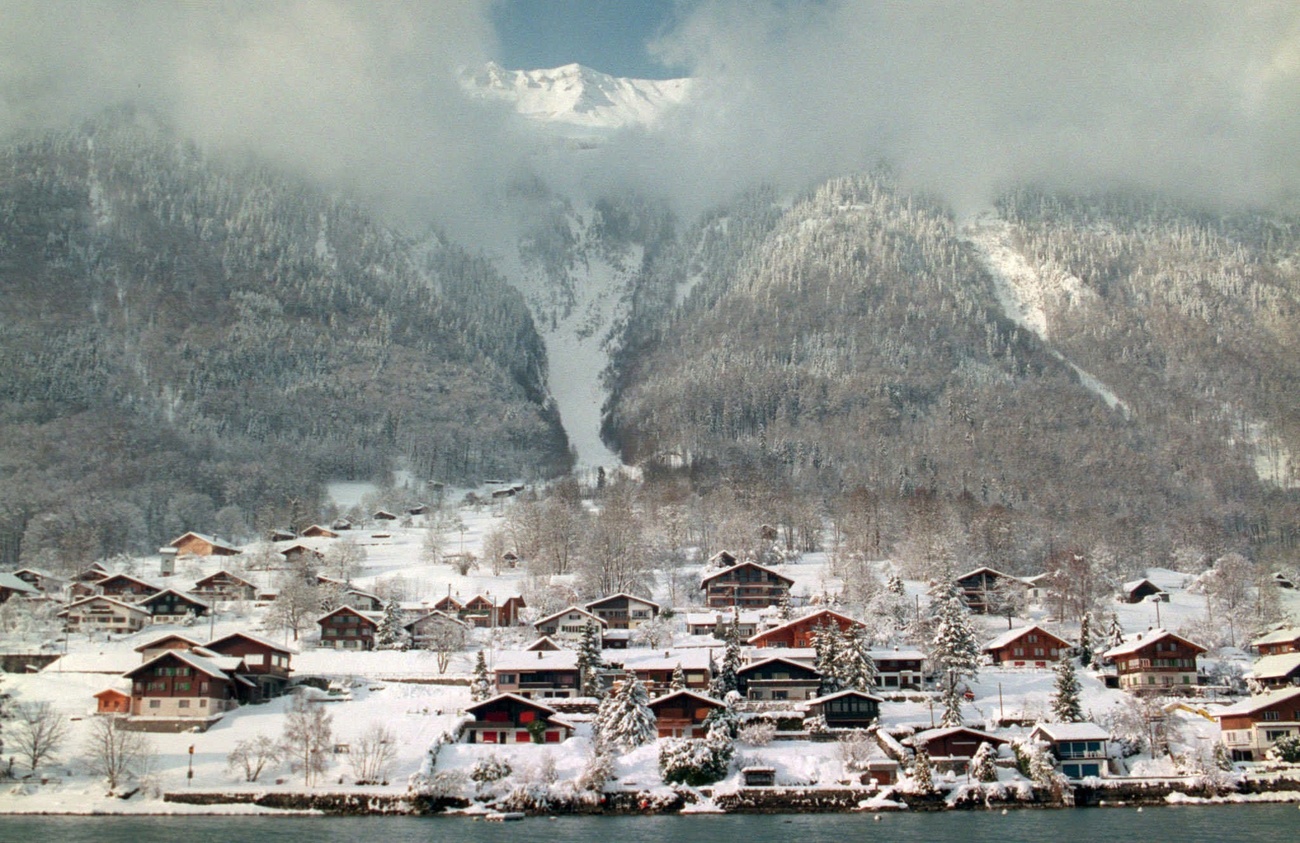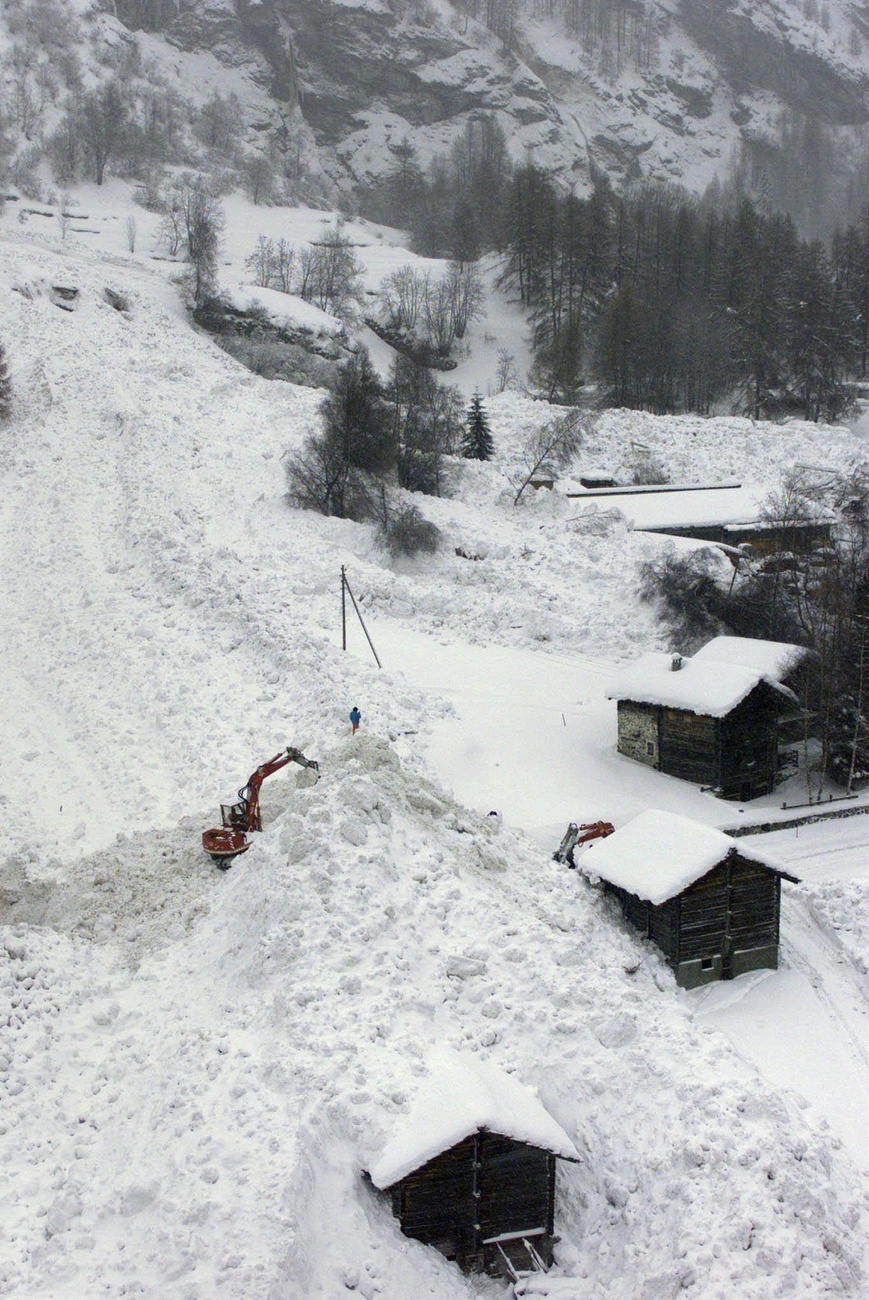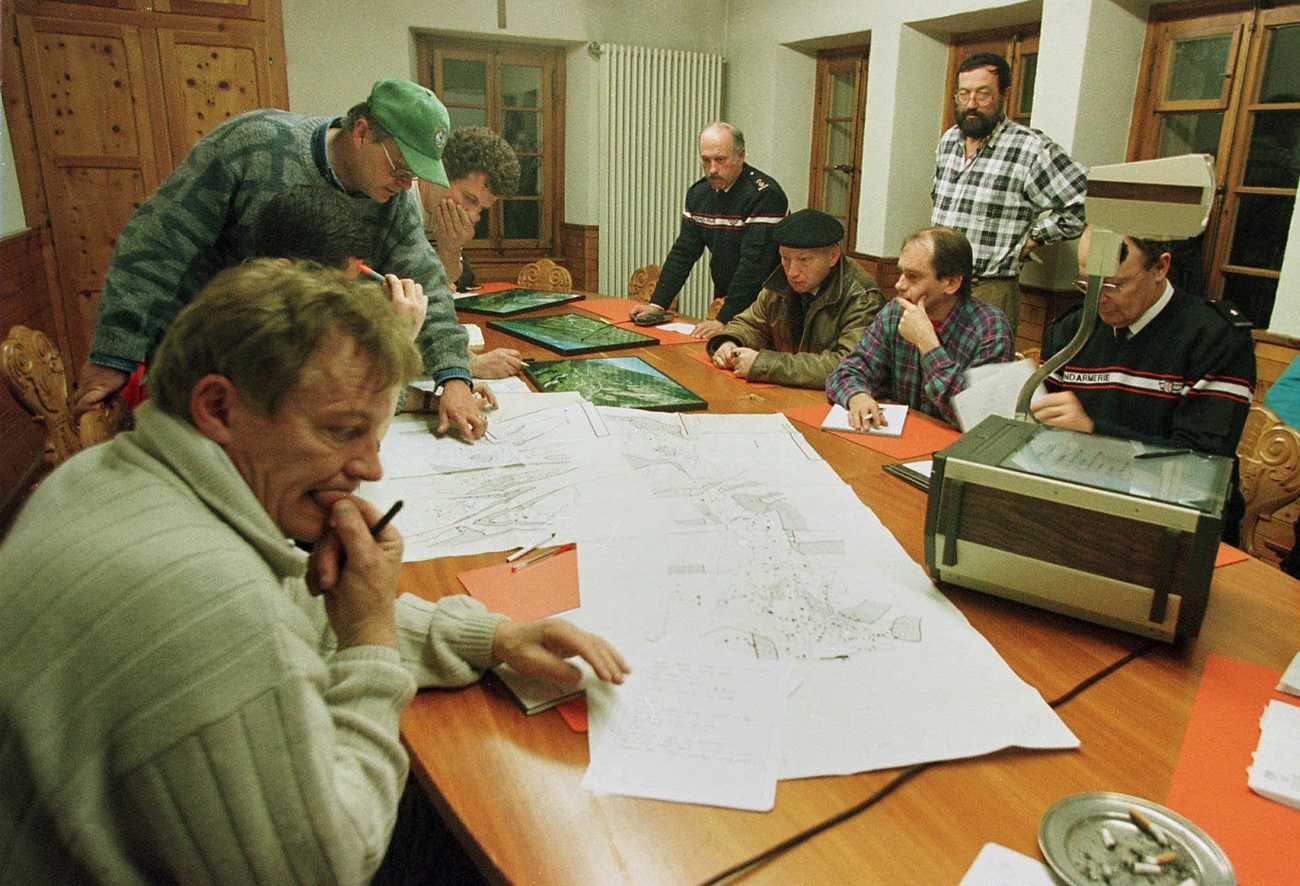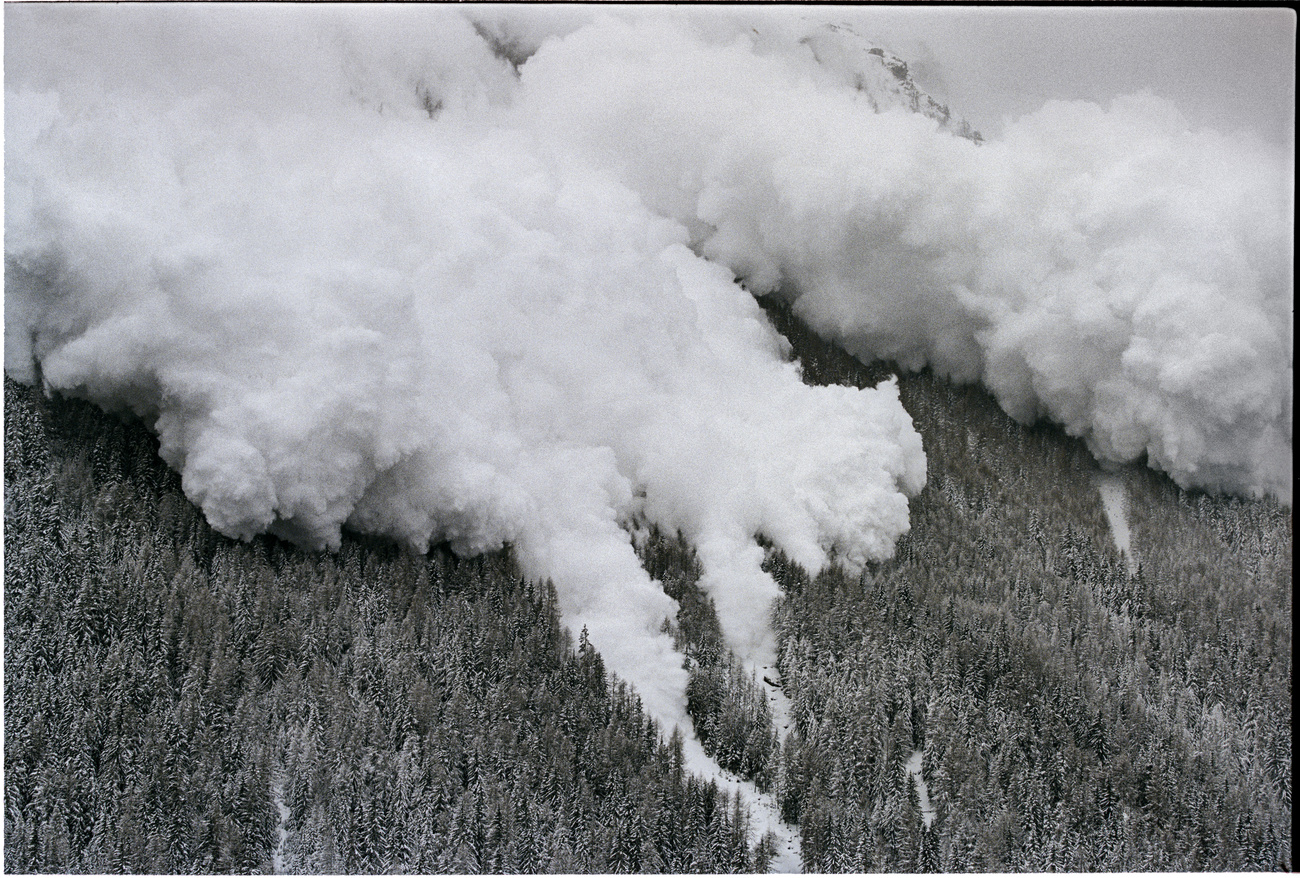
Switzerland Today
Dear Swiss Abroad,
Regards from Bern. Today, we are asking you the hard questions: are you team Migros or team Coop?
Also, this February marks 25 years since one of Switzerland’s worst winter disasters.
All this in today’s briefing. But first let’s take a look at the news.
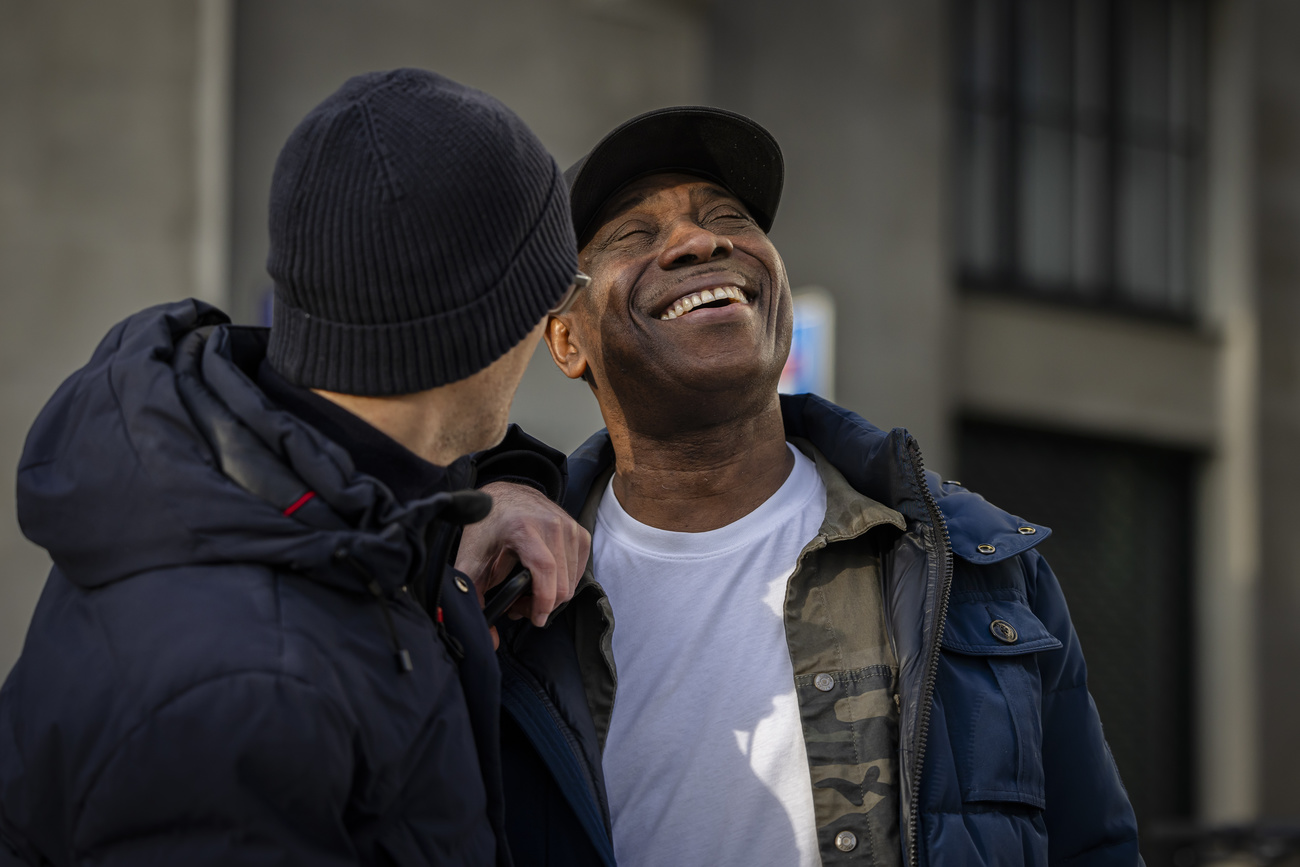
In the news: racism and asylum seekers in the Swiss media circuit again
- French-speaking Swiss region sees 68% surge in anti-Semitic incidents: almost half of these incidents occurred after October 7, as reported by the French-speaking Switzerland Office against Anti-Semitism today.
- Zurich police officers face trial for alleged racism and violence: the police officers allegedly wanted to check whether one of two dark-skinned men was wanted by the police. The men asked why only they were being checked and whether this had anything to do with the colour of their skin. A violent confrontation ensued.
- Grand Prix Literature 2024 goes to author from canton Aargau: introspection and density of language are two characteristics of the work of author Klaus Merz. The short novel Frère Jacques (1997) brought him international recognition.
- 23% more asylum applications in 2023: the State Secretariat for Migration (SEM) said it expects around 30,000 asylum applications in 2024.
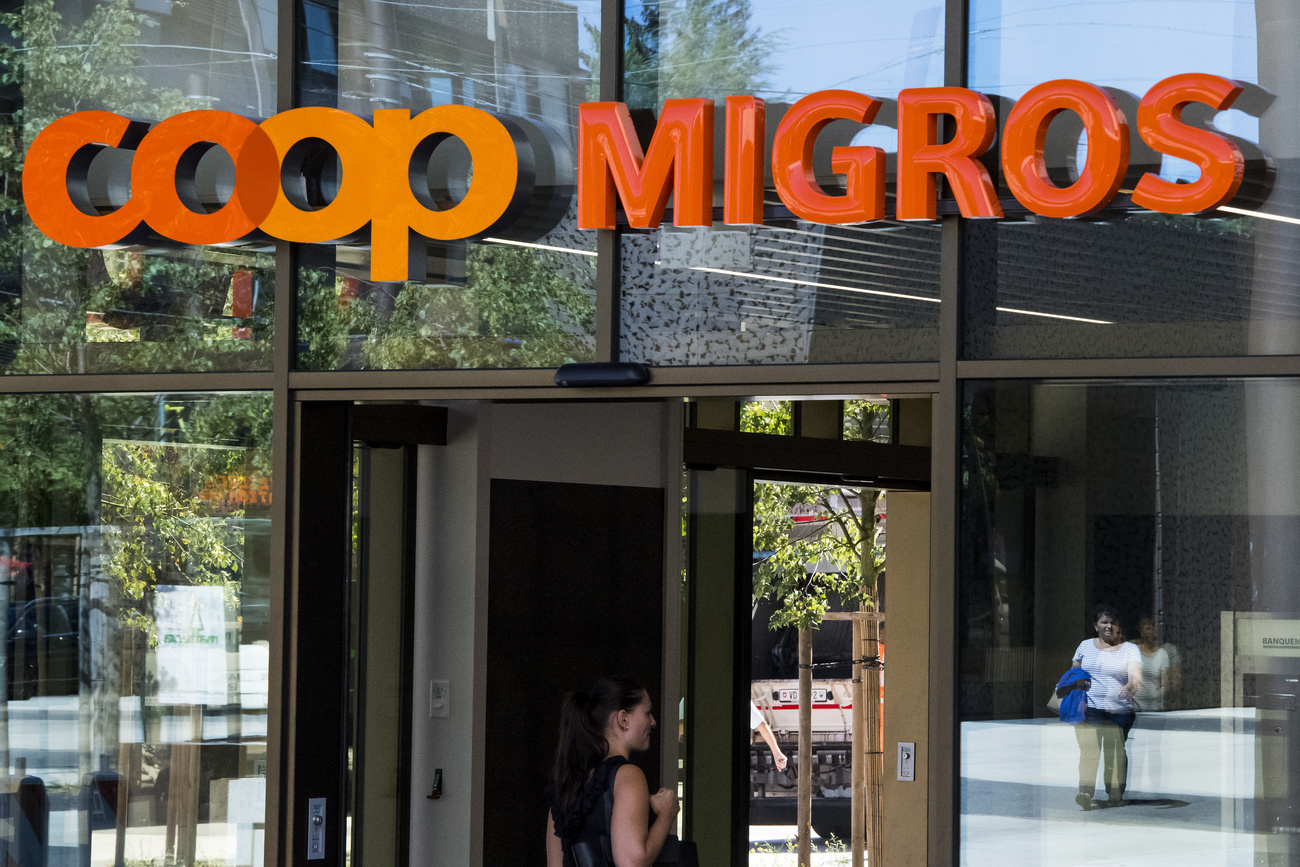
Are you team Migros or team Coop?
A quick way to make friends in Switzerland is agreeing where you stand on one of the most hotly contested questions in the country: Did you grow up as a Migros kid or a Coop kid?
Loyalty between the two supermarket chains has long polarised Switzerland. But now it seems we have an answer. In a new survey, Migros has come out on top.
At face value, the brands could not be more similar: both brands sport almost identical orange colours and both supermarket chains make a point of focusing on stocking regional products.
But the Brand Indicator Switzerland ranking has Migros in the number one spot as the most popular and strongest brand in the country. Its slogan, “From the region, for the region” seems to have made an impression with Swiss consumers, especially among young people in French-speaking Switzerland.
The Coop brand group is found down in seventh place. Messenger service WhatsApp lands in second place.
However, the survey was conducted before Migros Group announced it would reorganise and sell subsidiaries Hotelplan and SportX, which it said could lead to a cut of 1,500 jobs.
The Brand Indicator Switzerland is compiled under the direction of Zurich-based advertiser Frank Bodin, and the results are based on an online survey of 2,631 people aged 16 to 65, which is representative in terms of language region, age and gender. The survey was conducted from November 21 to 30, 2023.

Winter of 1999: 1,200 avalanches in four weeks
Not quite the catchy tune of Summer of `69: 25 years ago Switzerland experienced one of the most devastating winters on record.
Today, the Institute for Snow and Avalanche Research at the Swiss Federal Institute for Forest, Snow and Landscape Research announced that around 1,200 avalanches caused damage in the Alpine region within four weeks.
In February 1999 the Keystone-SDA news agency wrote, “last week, an avalanche fell on average every 20 minutes in Valais”.
The cause for this was three precipitation-rich north-westerly dust storms between January and February 1999, which led to heavy snowfall. Within four weeks, eight metres of snow was recorded. For the first time, the highest avalanche warning level five was announced for several days in a row.
In total, 36 people died in the avalanches and the property damage cost CHF600 million ($682 million). A further CHF300 million in tourism losses was also estimated.
The most serious avalanche occurred on February 22, 1999, in the village of Evolène in canton Valais. Twelve people were killed when their homes were buried by the avalanche in the dark of night. The region had been categorised as a “risk-free zone”. The Valais cantonal court subsequently sentenced the then president of the municipality and the head of security to suspended prison sentences for involuntary manslaughter. It was the third most serious avalanche in Switzerland in the 20th century.
More than 5,000 people were flown out of the Valais region by army and rescue helicopters, as the area was cut-off and no longer accessible due to the snow fall. Evacuations also took place in mountains of cantons Bern, Glarus, St Gallen, Uri and Fribourg, and damage due to avalanches also occurred in cantons Schwyz and Obwalden.
This extreme winter resulted in new temporary protective measures against avalanches, including an intercantonal early warning system and crisis response plan, as well as increased avalanche blasting and avalanche barrier implementations. In February 1999 an estimated 300 damaging avalanches were prevented by avalanche barriers.
However, the Institute for Snow and Avalanche Research warns that today Switzerland is unprepared for similar incidents. “If such a situation were to occur today, it would certainly be a challenge again, because we generally have little experience with extraordinary, rare avalanche situations,” said head of the avalanche warning service, Thomas Stucki.
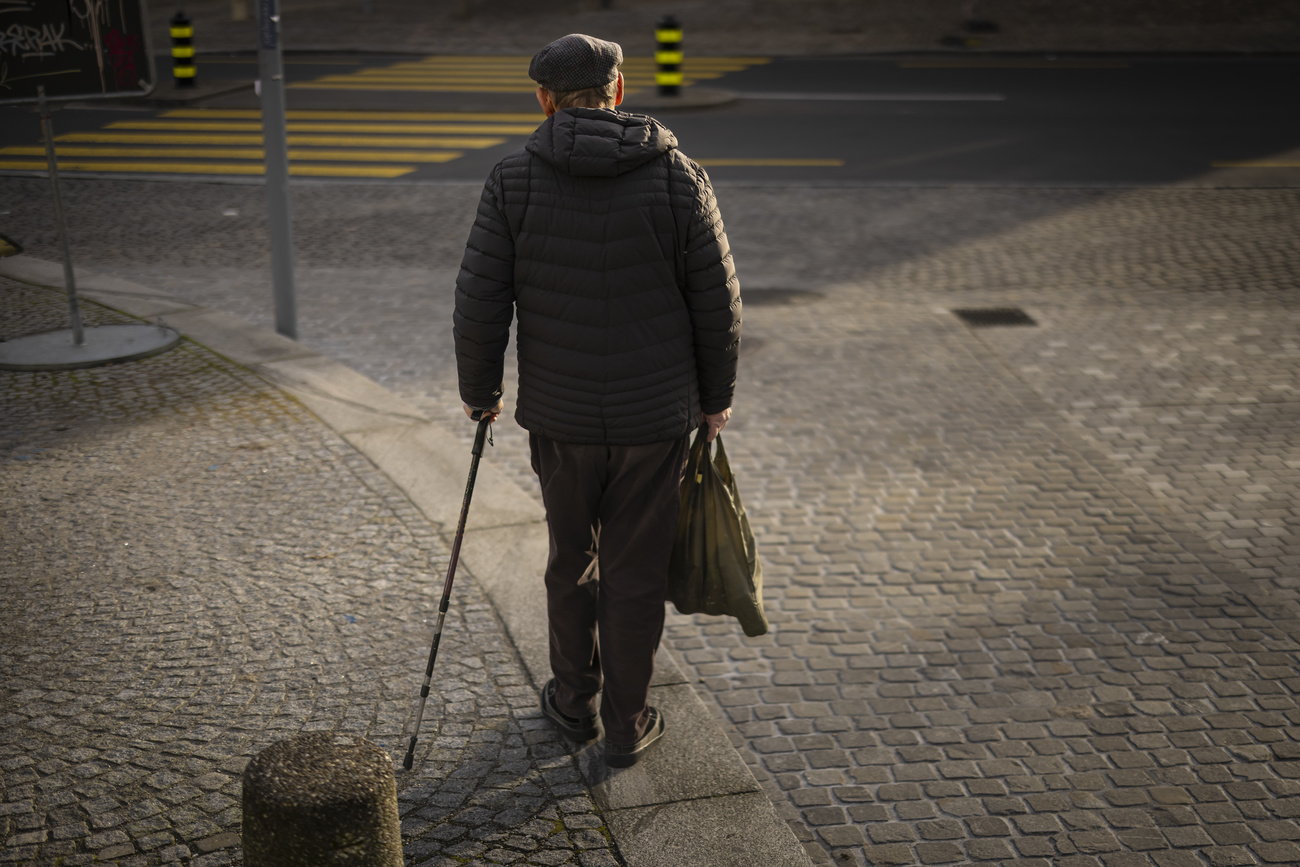
Your voice matters: Should we work until 66 to secure long-term pension funding?
On March 3, the Swiss people will vote on a popular initiative aimed at raising the retirement age. What is your opinion? Is an increase necessary or not? Join the discussion on our debate platform “dialogue”.
More
Should we work until 66 to secure long-term pension funding?
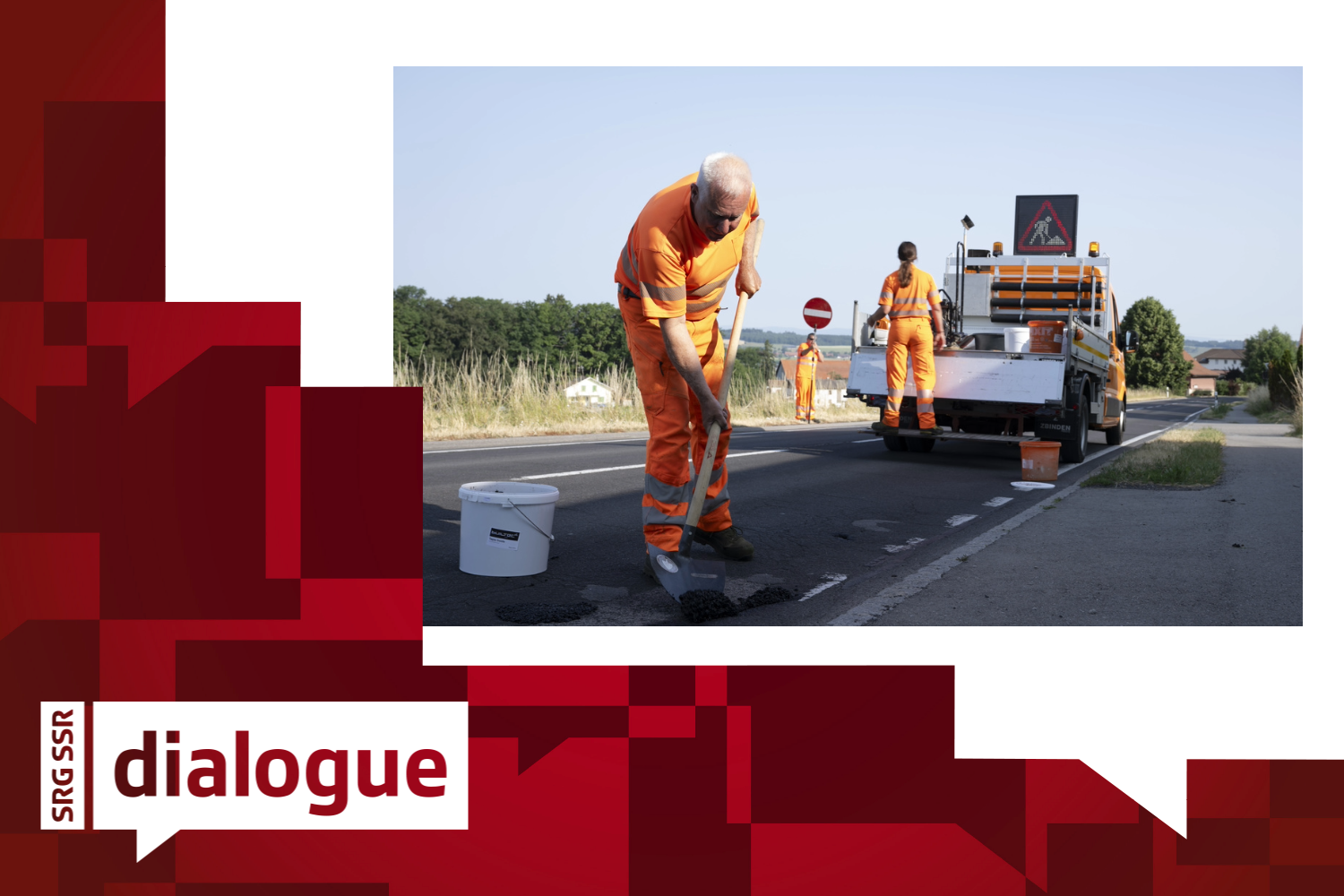

In compliance with the JTI standards
More: SWI swissinfo.ch certified by the Journalism Trust Initiative

